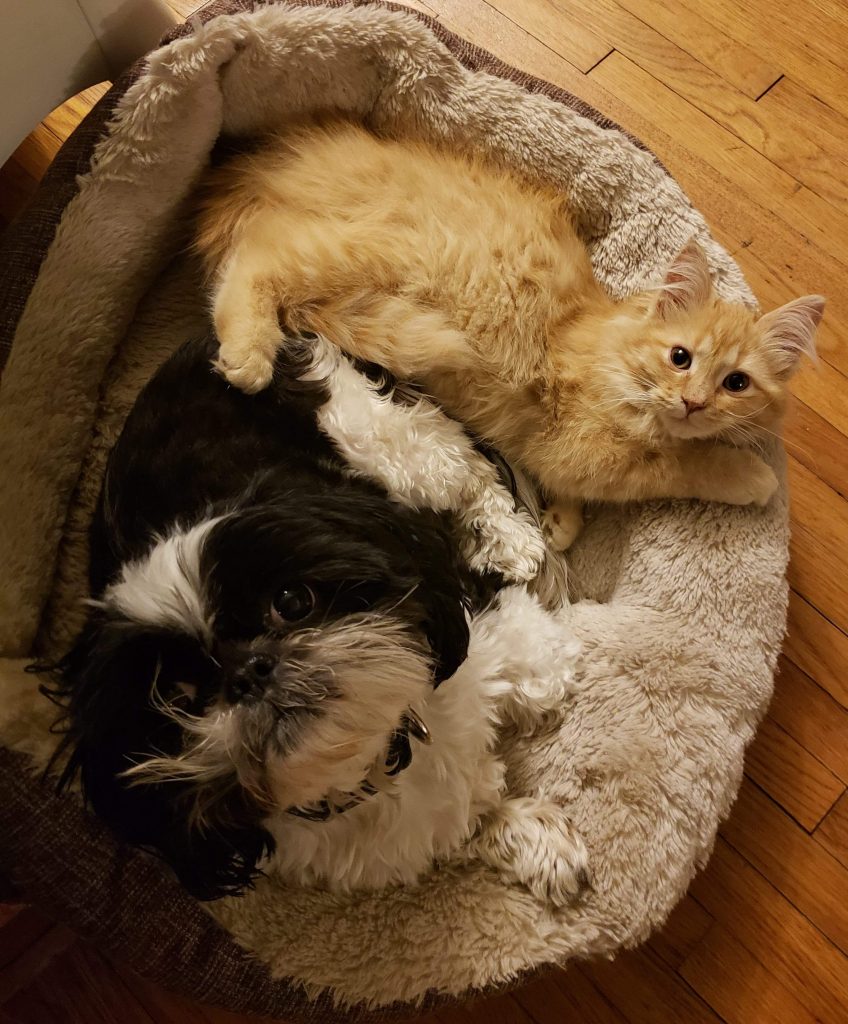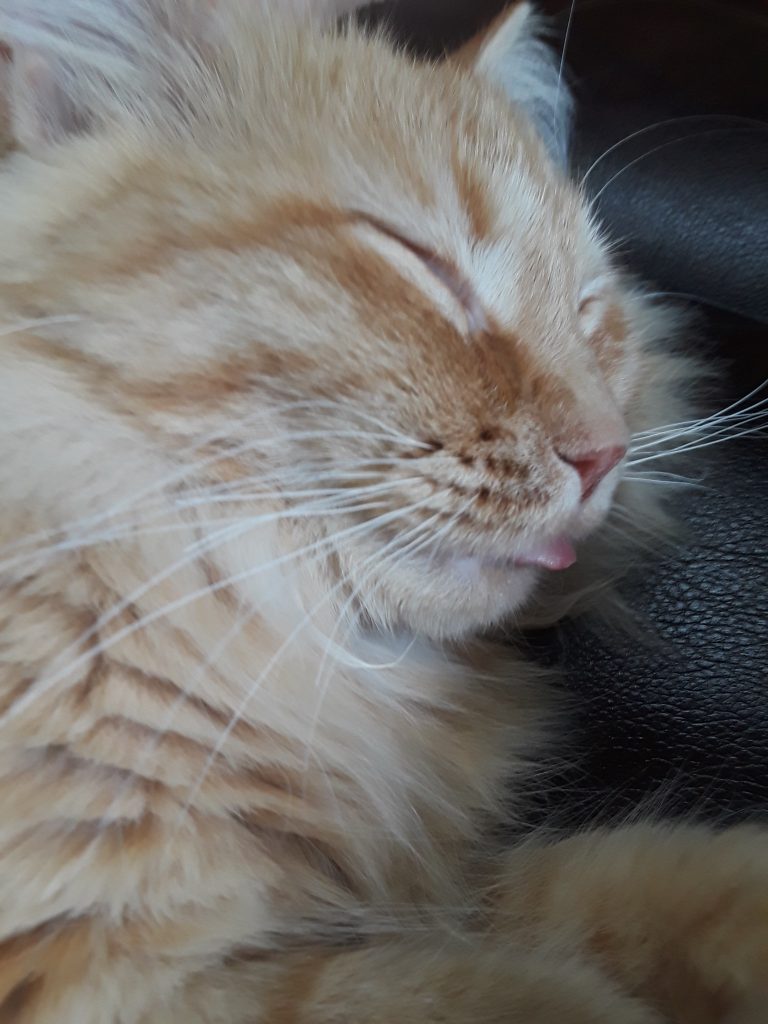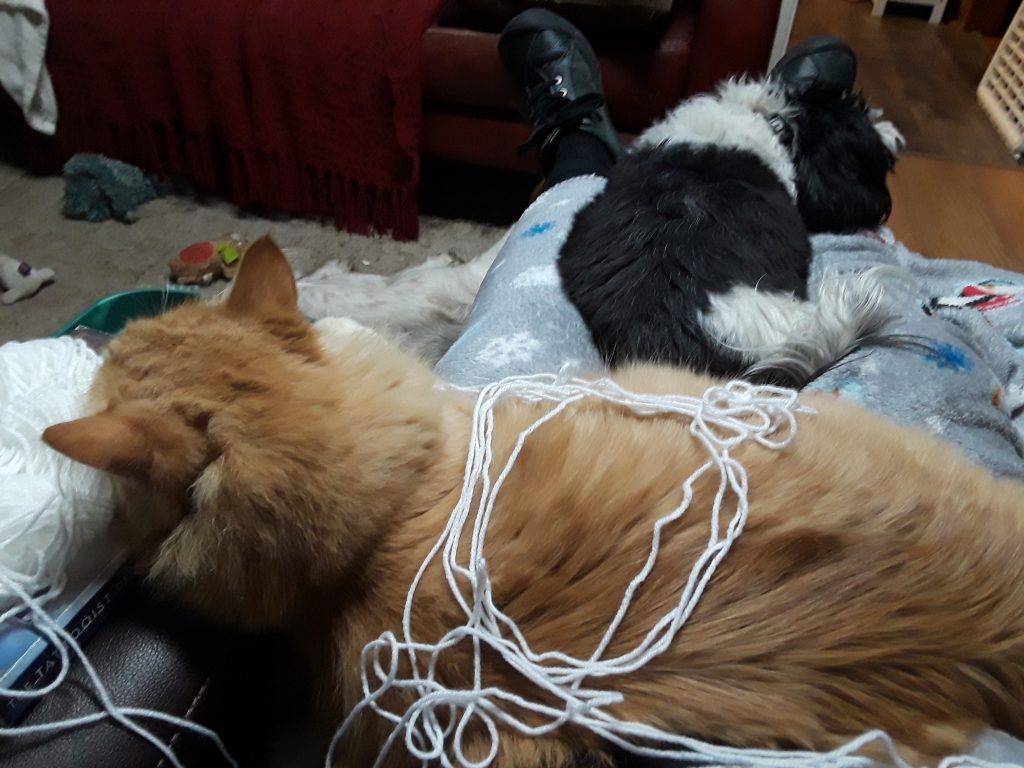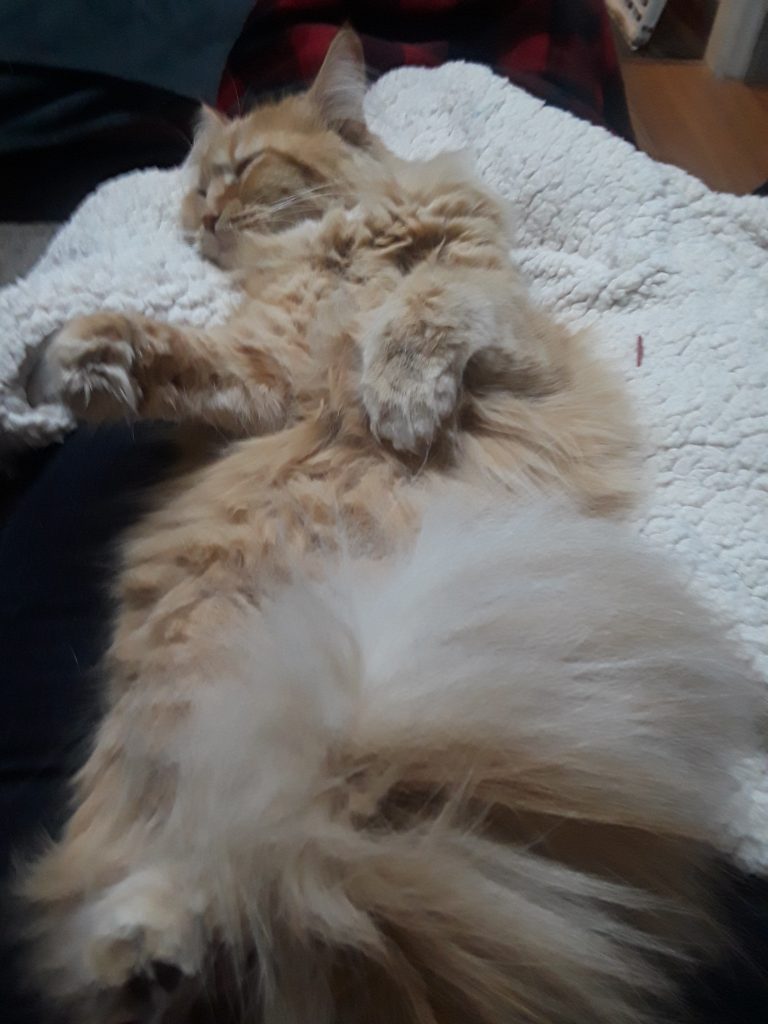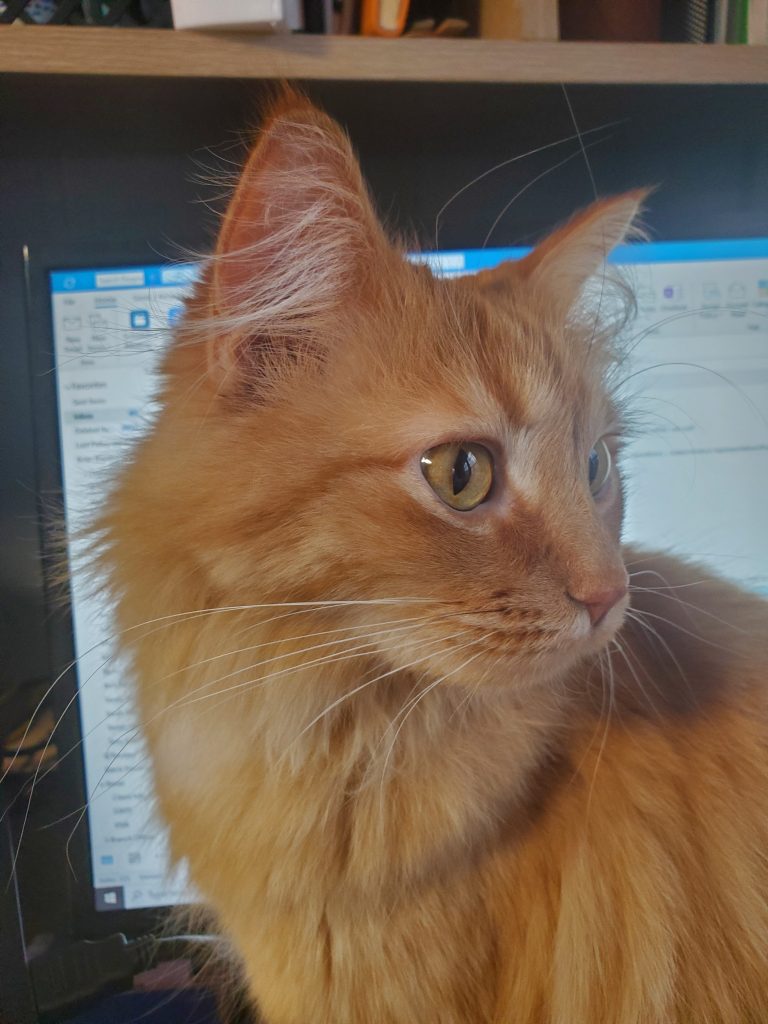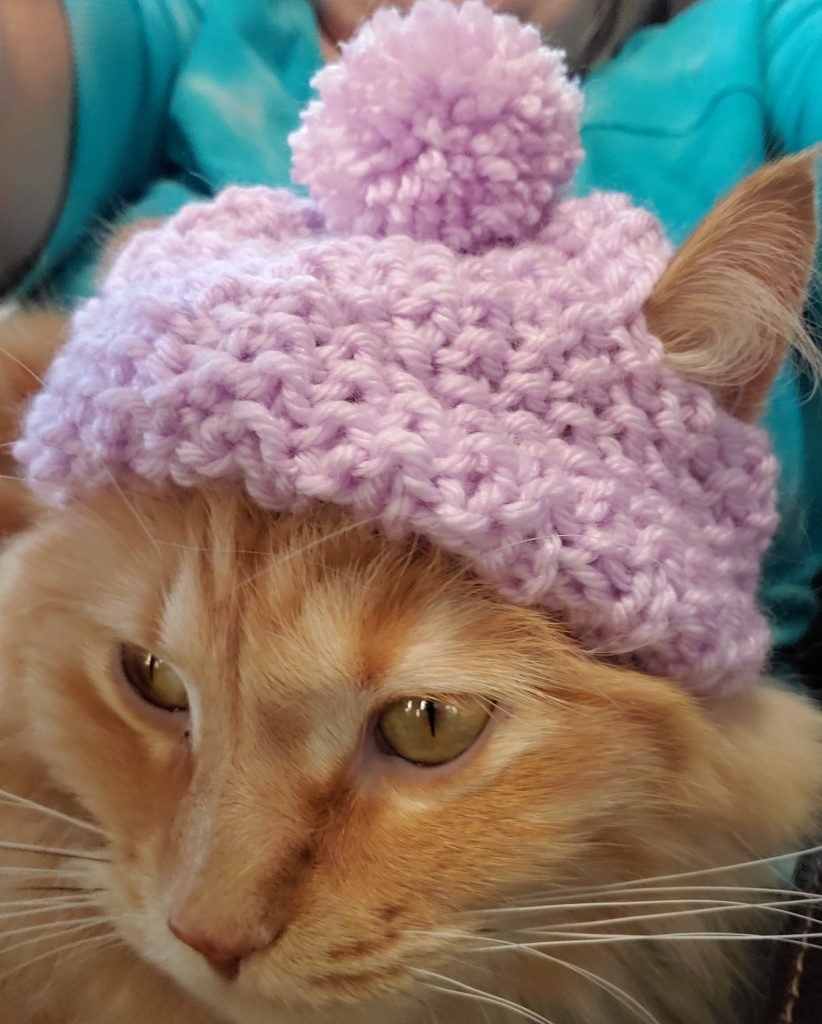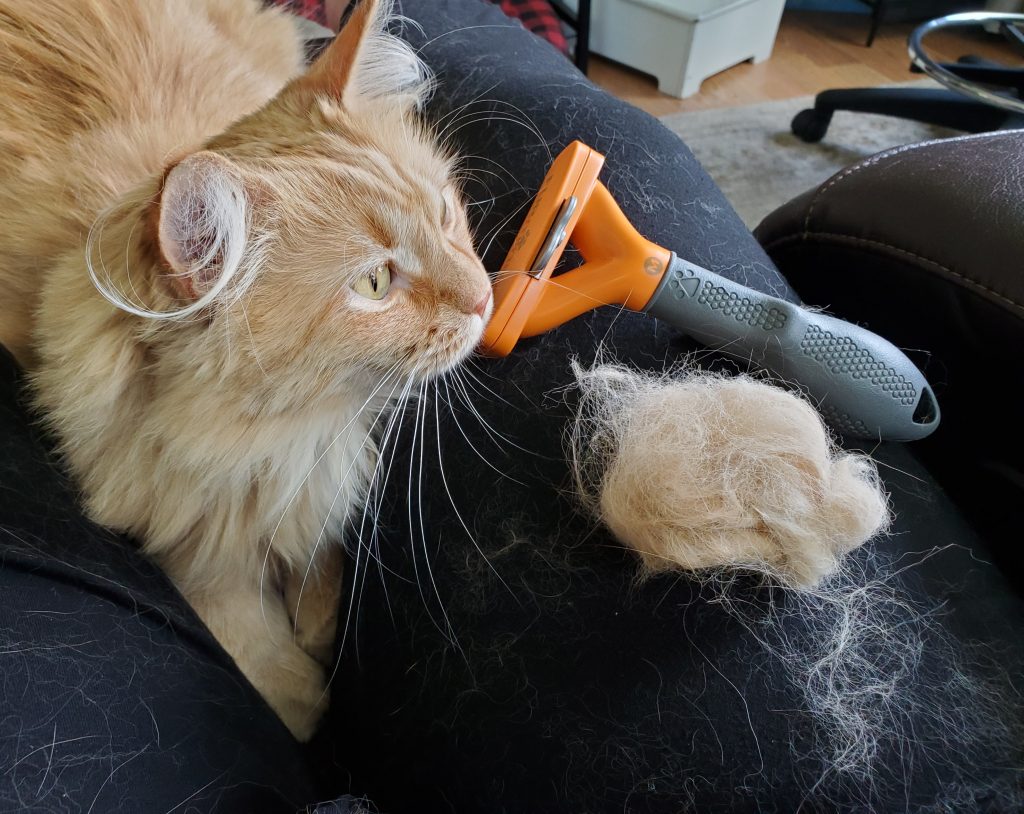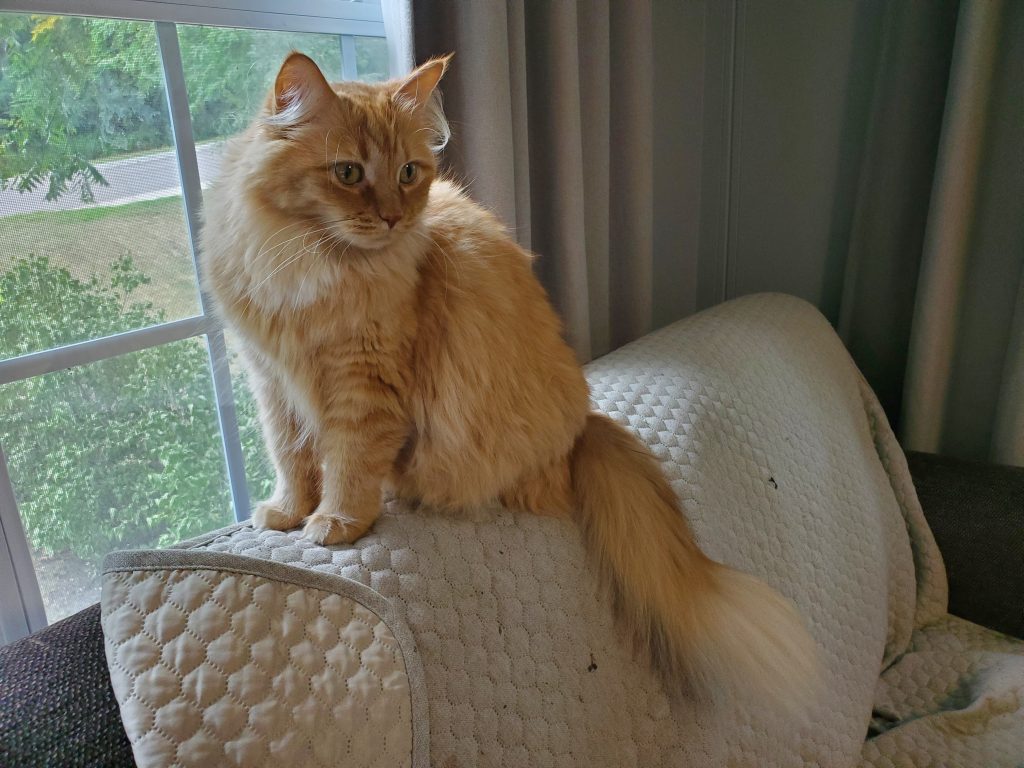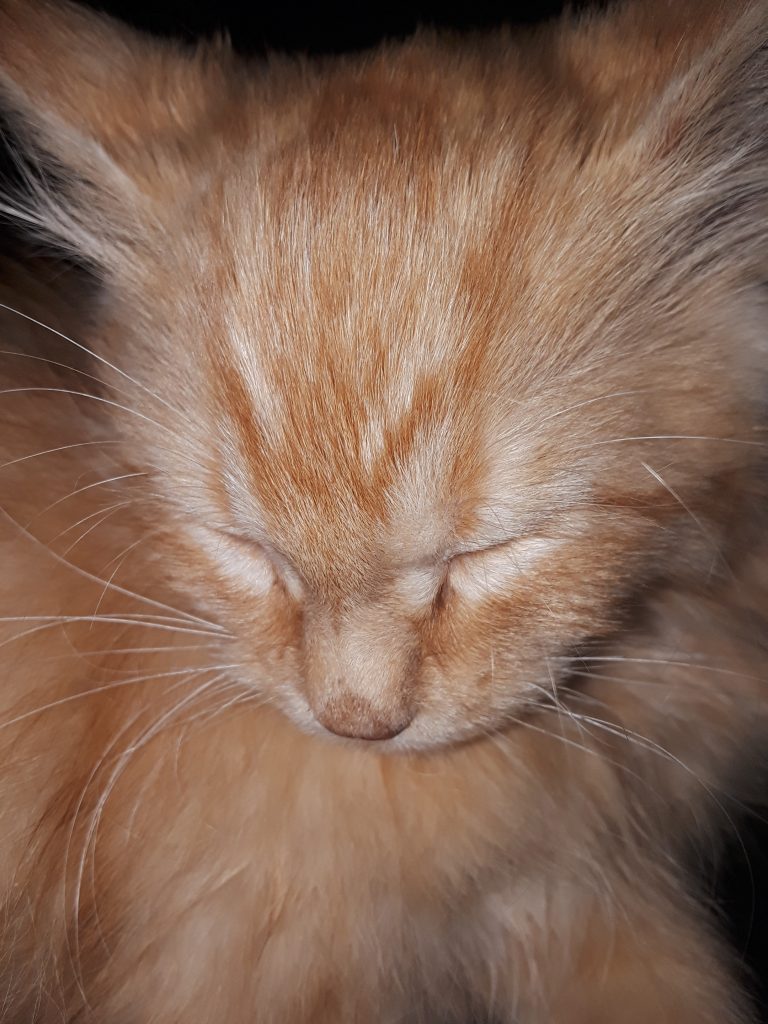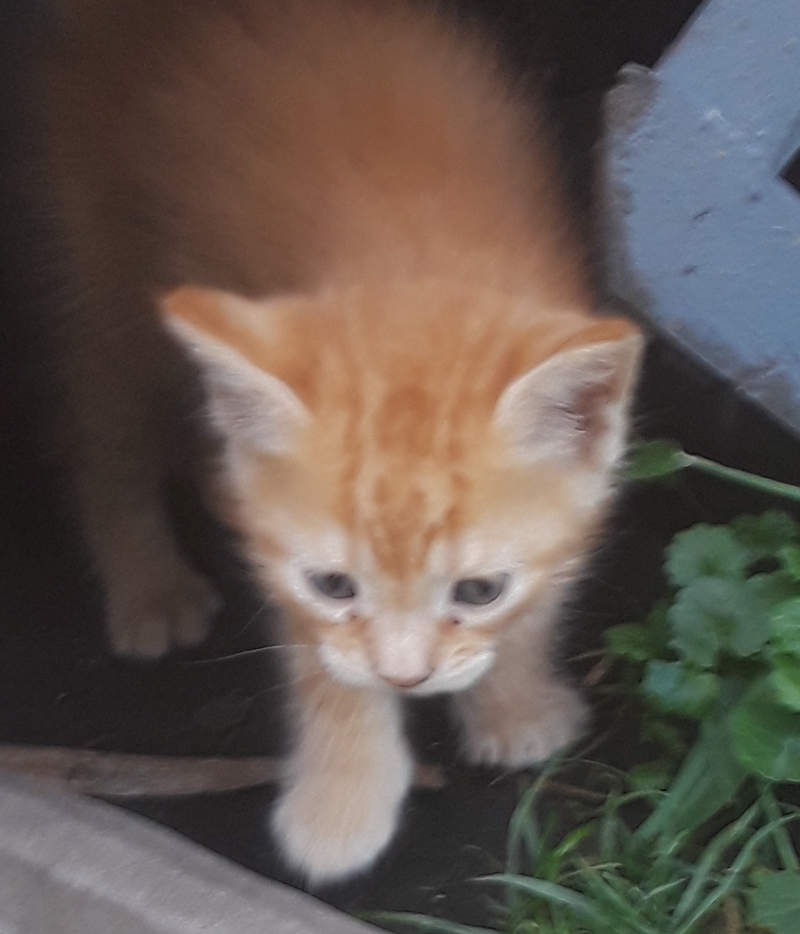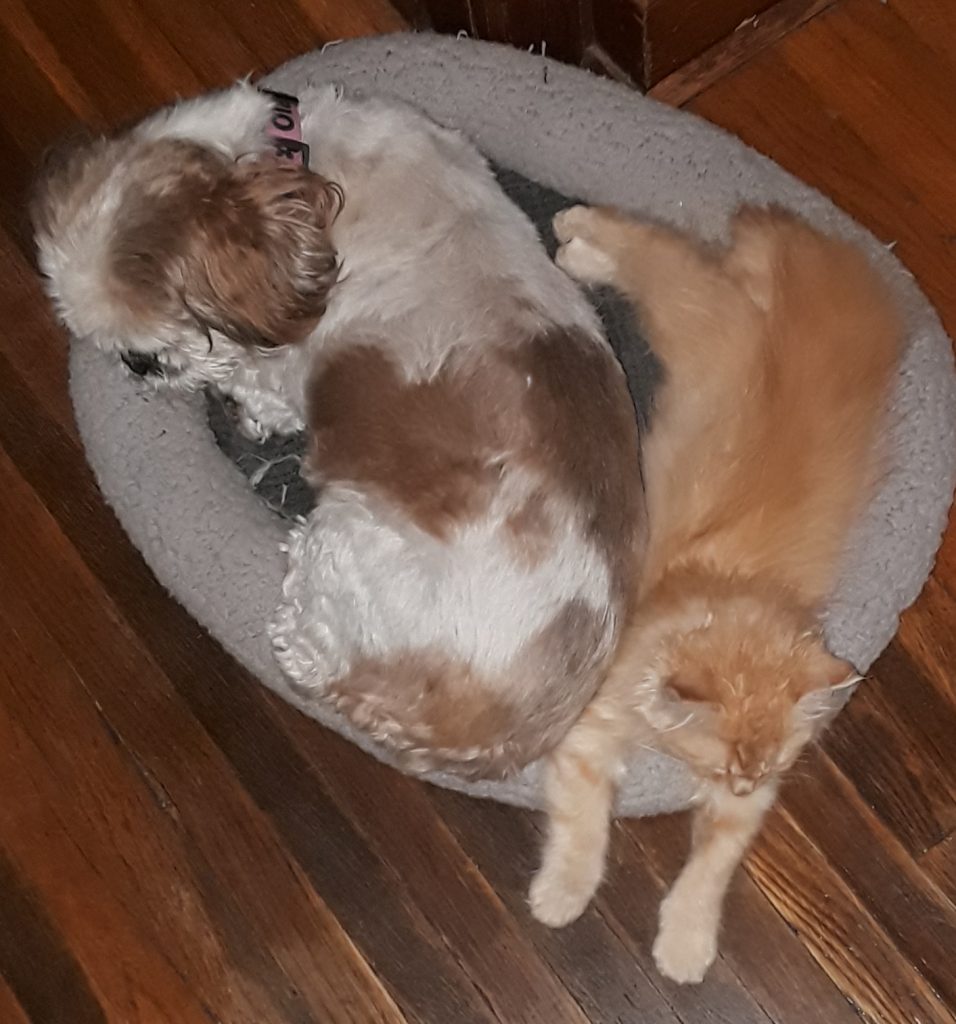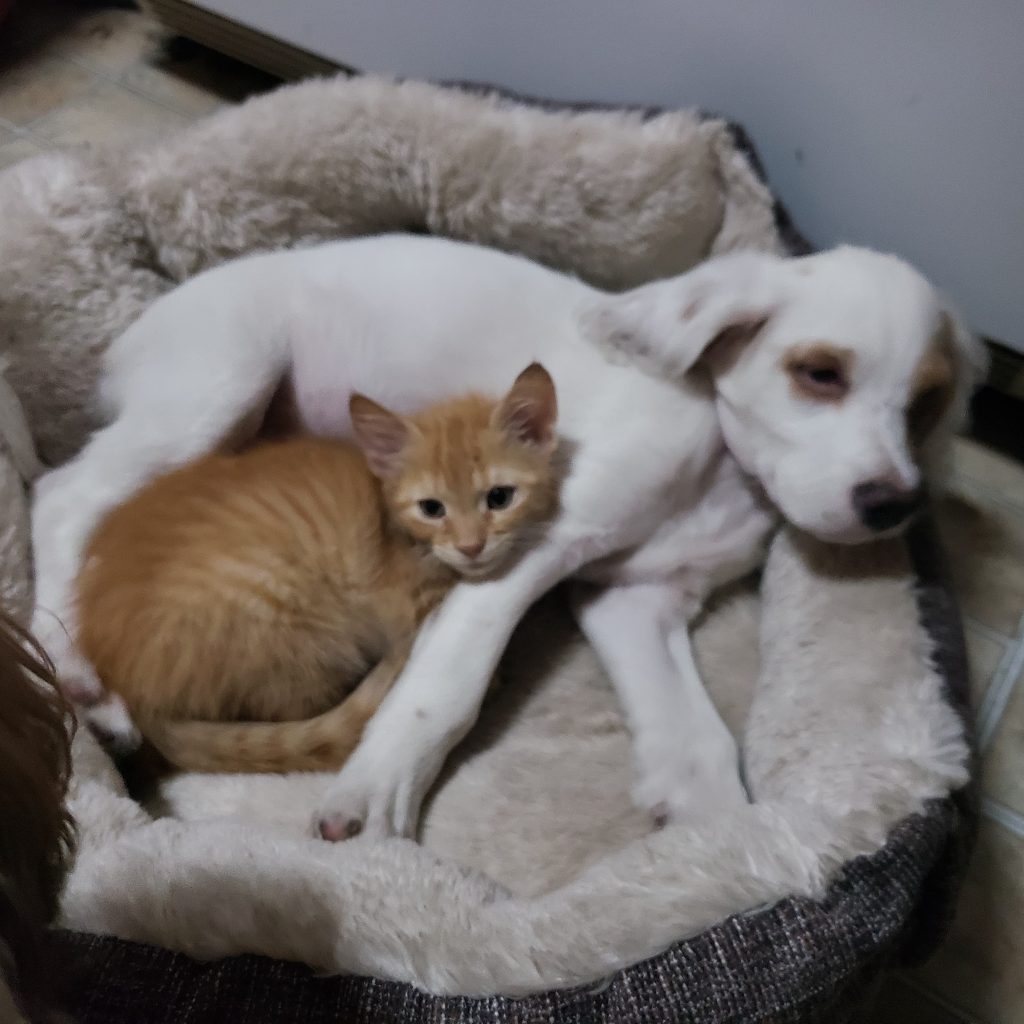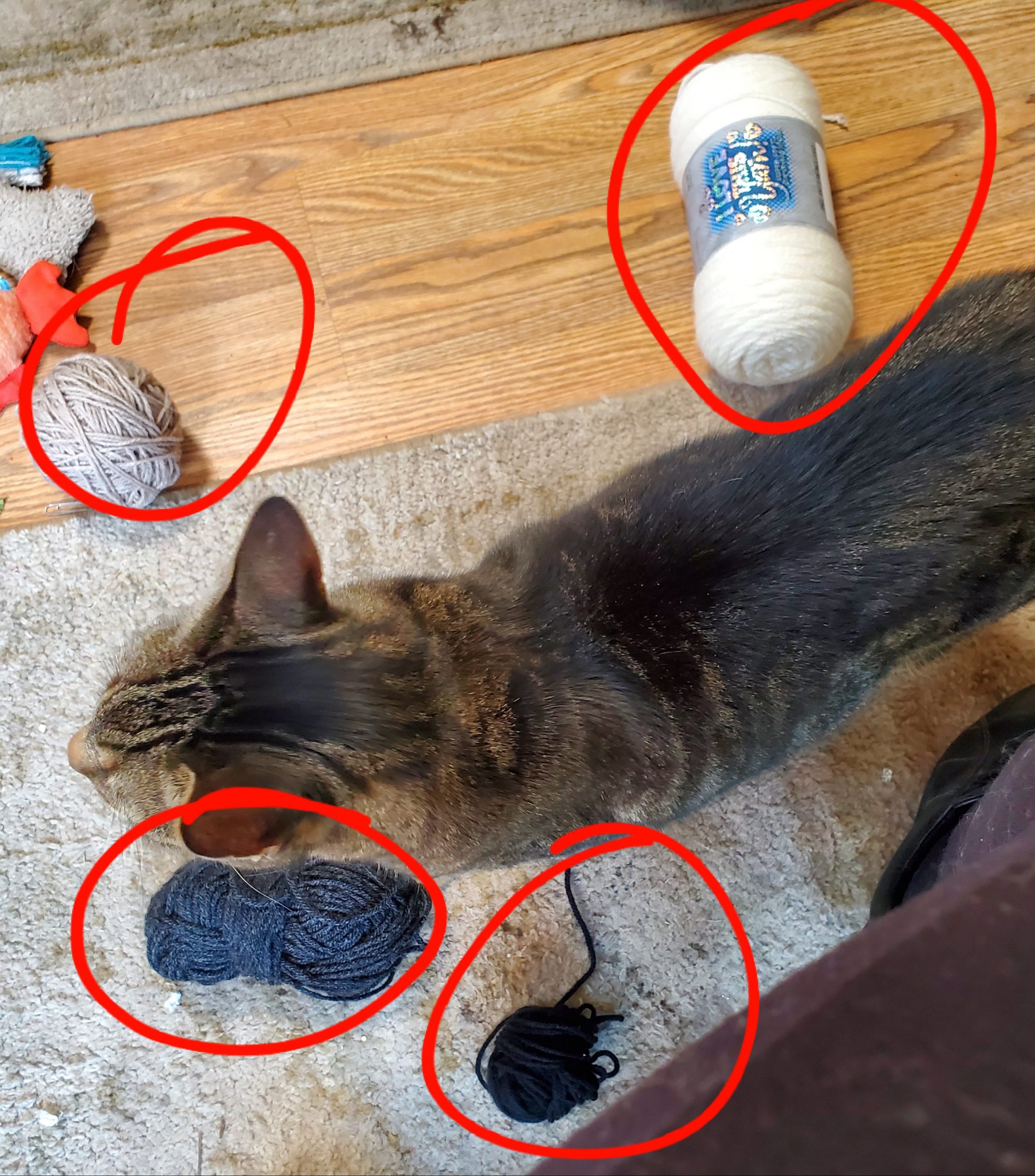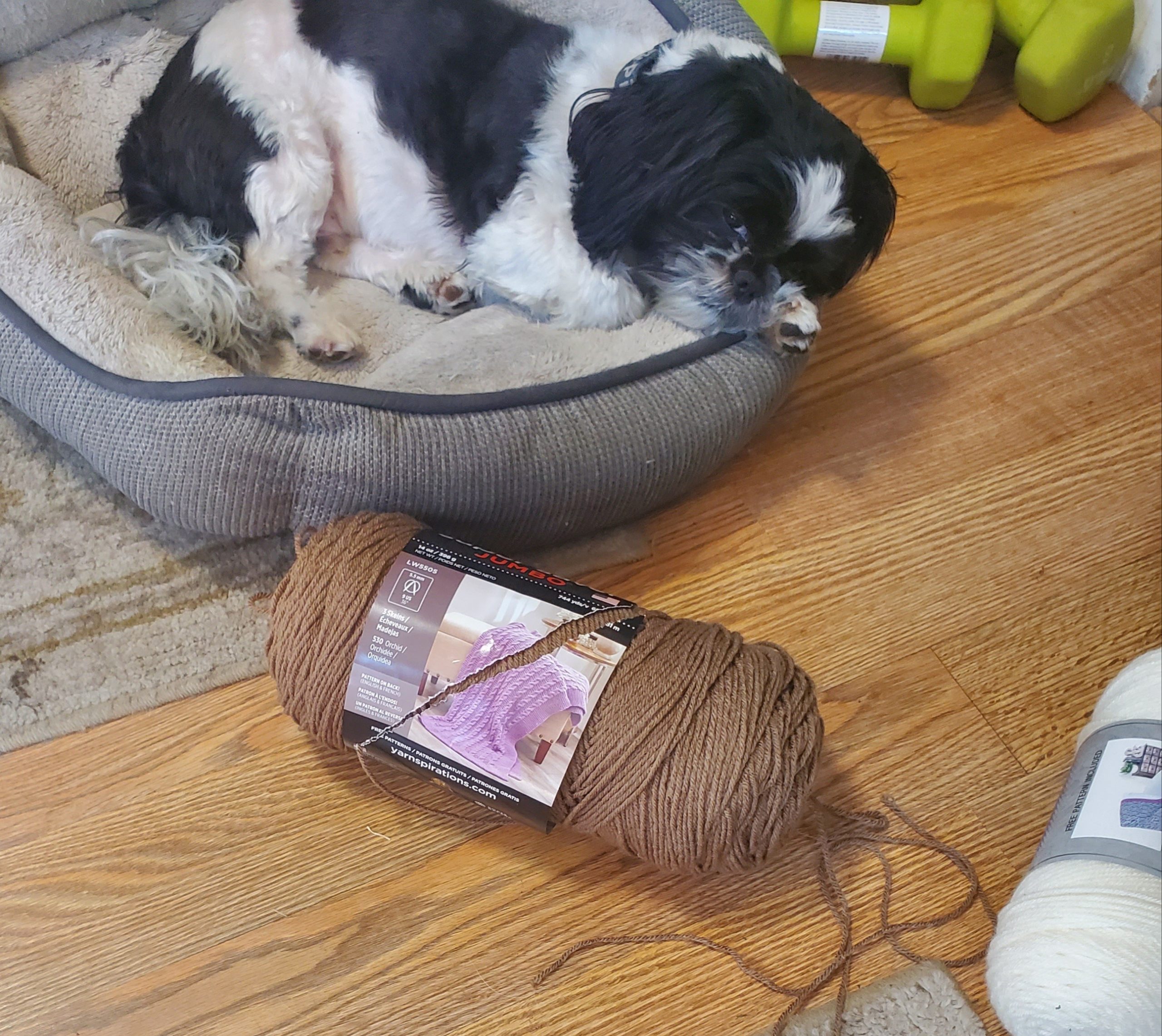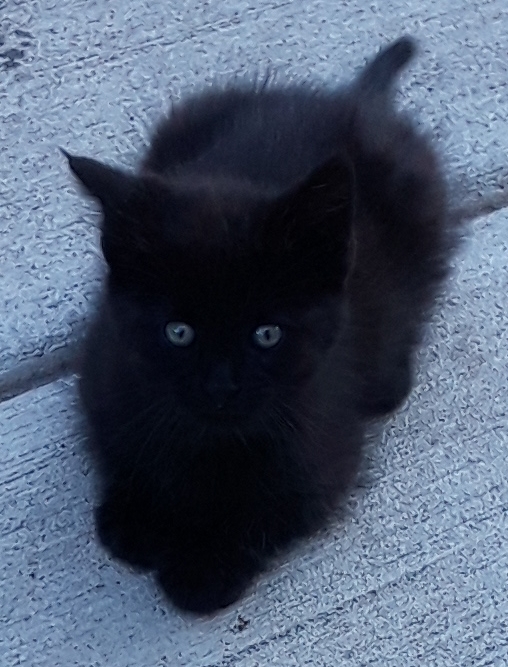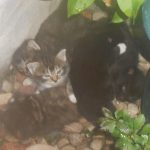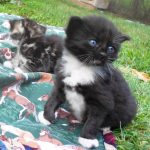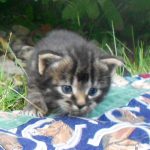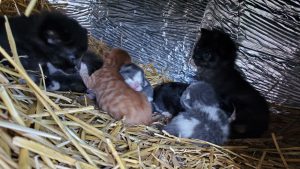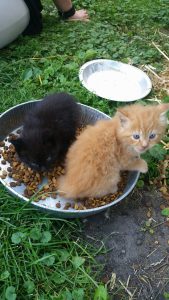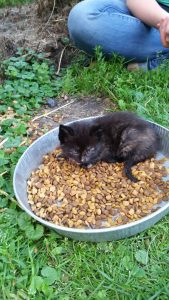
I’ve taken a long hiatus from the blog, because I have struggled with the many changes Covid 19 has brought to the world and to my life. Now, the loss of my dear cat, Harri, has pulled me out of my apathy to tell her story.
I have been feeding a local cat colony for many years. Each spring the mommas have kittens. We catch the kittens and find them homes before the mommas carry them off to the wild. Three years ago, a little orange kitten was caught. We fell in love with him right away. He was a rascally ginger, and we named him Harry after another rascally ginger across the pond. He fit into our family with ease, managing to capture the hearts of my husband and I, along with our other cats and dogs. He became our house cat extraordinaire and chief entertainer.
When Harry was old enough, we took him to the vet for his neutering surgery. They called me before the procedure to inform me that Harry was not a male cat, he was a female. She already loved her name, so we kept it. And that is how Harry became Harri.
For three years Harri snuggled, loved, and entertained us. From the beginning of the Covid 19 pandemic quarantine and working from home, she was always in my lap or very close by. She helped me cope with the changes and stresses surrounding the pandemic including the isolation and sometimes boredom of spending my days home alone.
On Christmas Eve 2021, we were excited to have our family over to celebrate as we had missed so many holiday celebrations in 2020. In the excitement and activity of fifteen guests and dinner on the stove, somehow Harri went missing. Our cats are fed by our back door and they often hang out there at mealtime. We think an unsuspecting guest opened the door for a breath of fresh air and she slipped out.
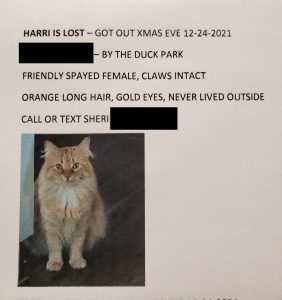
I was not aware that Harri was missing until late in the day and looking back to the last time we had seen her, six or seven hours had gone by. It is very bad for a housecat with no outdoor skills and no acclimation to the weather to be out on a winter day in Minnesota. We looked for her and called but there was no trace of her. The next days were cold, windy, snowy, and below zero. It is hard to imagine she could survive. Nonetheless, I posted her missing information on all the local sites I could think of.
It is now thirty days later and Harri has not been found. I miss her greatly each day. And I have learned, again, that I am not in control. Some things just happen because we don’t expect or prepare for them. Cats will run out the door without considering the consequences. A hostess in the middle of a gathering does not have the cat whereabouts on the top of mind. Cats are animals, and Harri did have a full belly, long fur coat and claws intact when she slipped outside. There is a chance she found a warm place to hunker down or perhaps a kindly person took her in.
People have reacted to my search for Harri with compassion and kindness that I have not experienced in a long time. Folks who might disagree on politics and public health policy are uniting with me to search for Harri. So many are praying for her safe return to me and looking for her with me. There have been four false alarms. Either the cat was spotted and not captured, or the captured cat was a male and not Harri.
I know there is much suffering in the world and many human tragedies that put a missing cat into a different perspective. I don’t know if Harri will ever come home. I hope she does as I truly miss her companionship. If she doesn’t, I will be sad and regretful that I was not more attentive to her on that day. I will also remember how my loss inspired many covid weary and politically suspicious people to put aside their differences and personal hardships to help a heartbroken woman search for her beloved pet. This is humanity.
